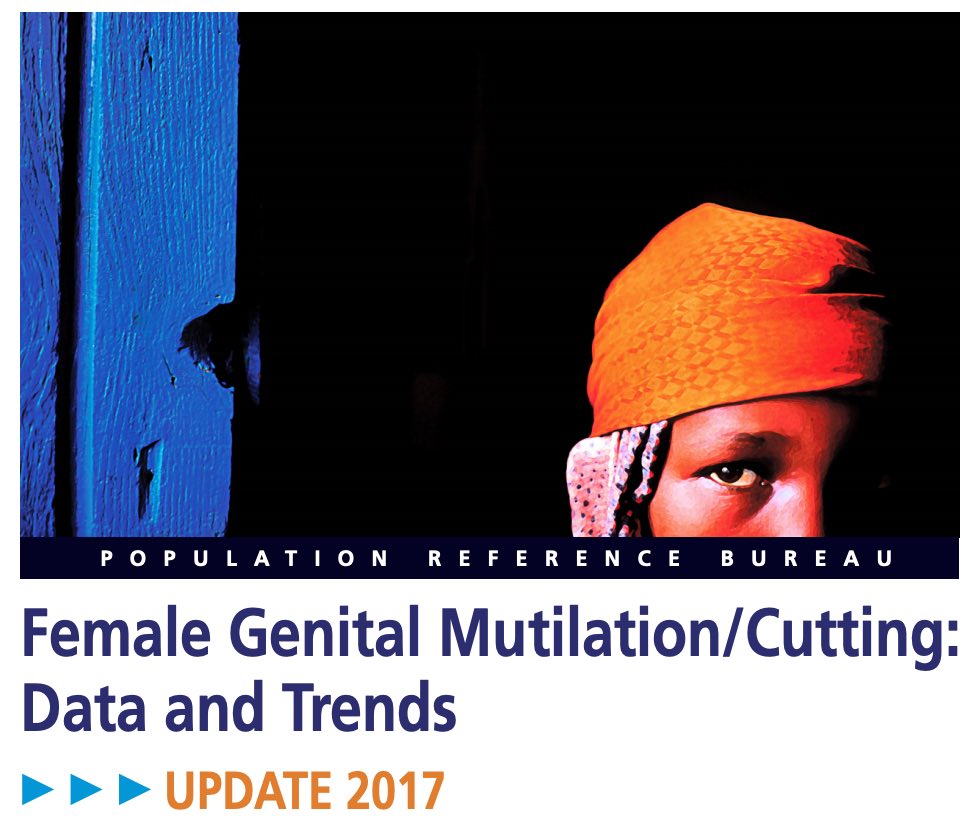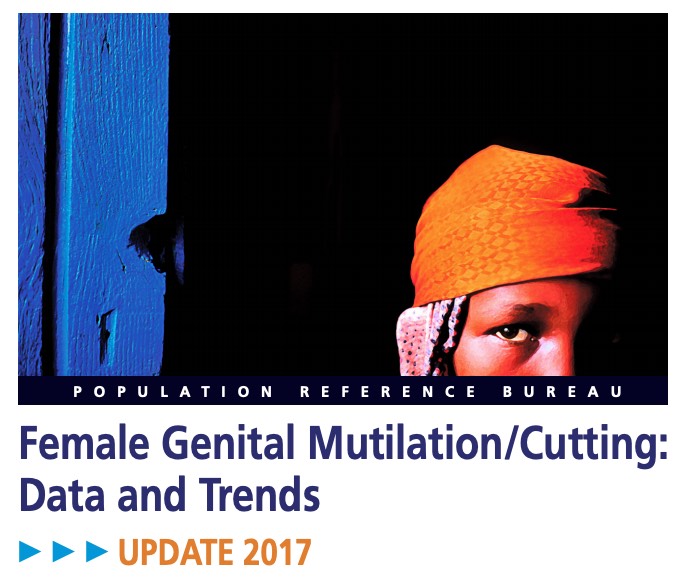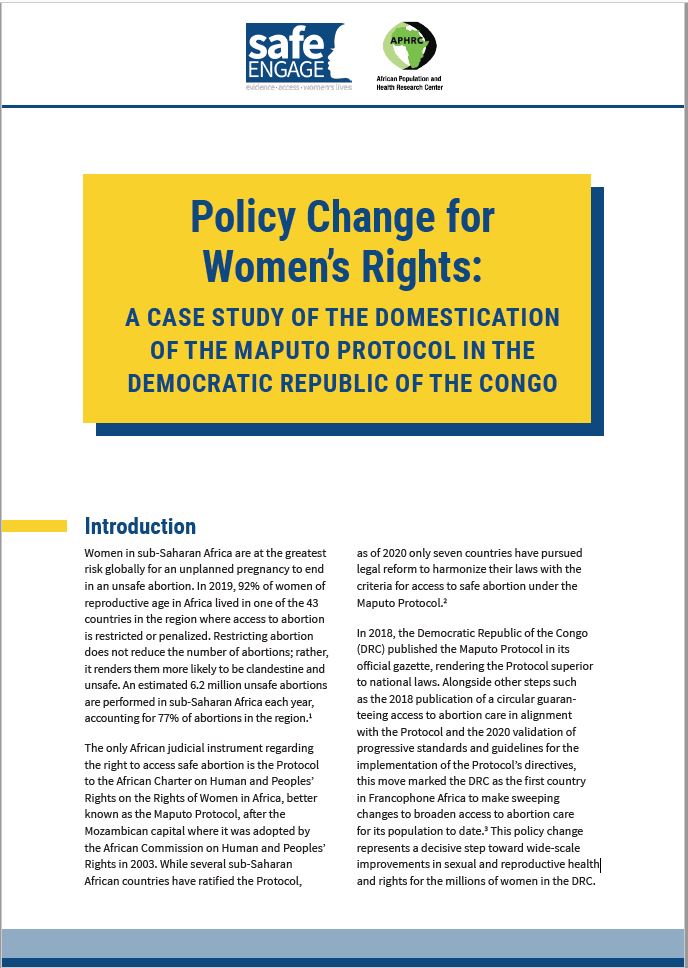550 Search Results Found For : "www.nubobeauty.com"
Iran Achieves Replacement-Level Fertility
(2002) Having dropped from around 5 to just under 3 between 1989 and 1996, Iran's total fertility rate has again plunged — this time to 2. Iran, an Islamic country, has followed a unique and rapid path to replacement-level fertility.

In Egypt, Young Women and People Living With HIV/AIDS Are Among the Most Disadvantaged
(2012) Jan. 25, 2012, marked the one-year anniversary of the antigovernment protests in Egypt that led to President Hosni Mubarak's resignation. Hundreds of thousands of Egyptians, including a vast majority of young people, demanded political freedom, better wages, and better working conditions.

Project: PACE: Policy, Advocacy, and Communication Enhanced for Population and Reproductive Health
Wallchart. Female Genital Mutilation/Cutting Data and Trends, Update 2017
Female Genital Mutilation/Cutting: Data and Trends Update 2017, produced with support from the U.S. Agency for International Development, provides the latest data on the practice in 29 developing countries with representative and comparable data—although FGM/C occurs worldwide.

Project: PACE: Policy, Advocacy, and Communication Enhanced for Population and Reproductive Health
Data in New Wallchart Show Female Genital Mutilation/Cutting Declining in Many Countries
Female Genital Mutilation/Cutting: Data and Trends Update 2017, produced with support from the U.S. Agency for International Development, provides the latest data on the practice in 29 developing countries with representative and comparable data—although FGM/C occurs worldwide.
U.S. Trends in Heart Disease, Cancer, and Stroke
(2002) Deaths from heart disease have fallen dramatically over the past 50 years in the United States, from over 589 age-adjusted deaths per 100,000 people in 1950 to less than half that number in 2000 (258 per 100,000).



